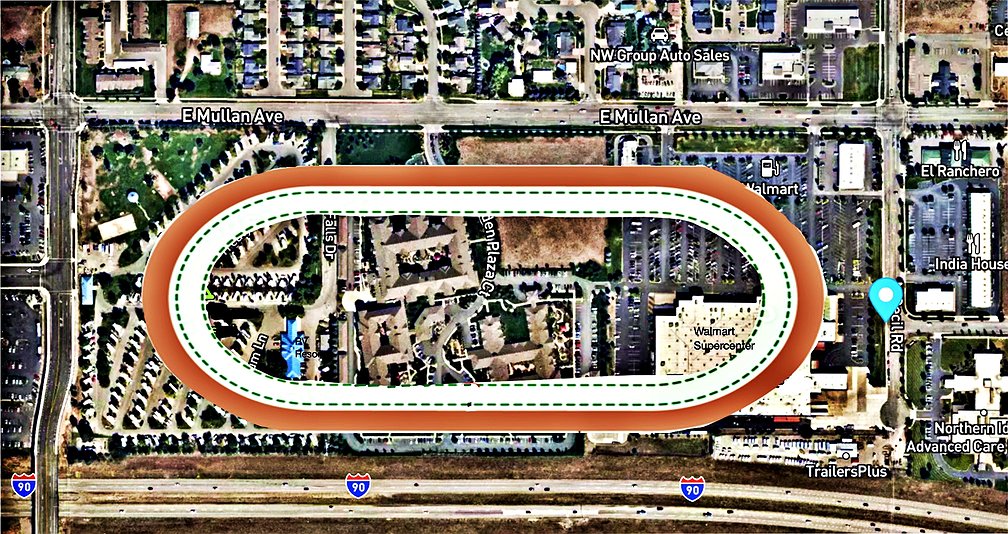The life and death of a race track
I remember as a child having my father point out the remnants of the Alan Race Track as we drove through Post Falls. The remains lay in a field a quarter mile west of the junction of what is now Highway 41 and Seltice Way. An outline of an oval track peeked through the scrub grass there.
The Alan track came into being when horse racing was under fire in many U.S. states. Laws had been passed in many areas of the country to ban it, and strict enforcement in some states had already closed many tracks.
The city of Spokane had recently banned betting on horses. Resultant lost revenue had caused Washington’s race organizers to shorten their race seasons, and many horse owners took their horses where betting was still permitted.
Since Idaho had not yet banned the practice, a group was formed — the Coeur d’Alene Fair and Racing Association — to keep the sport alive.
Three group members were from Coeur d’Alene — Albert V. Chamberlain, Marcus D. Wright and William E. Sanders. They joined two Spokane men — William W. Finn and Edward S. Shelton — in filing Articles of Incorporation on March 21, 1911.
The site selected for the track was just east of Post Falls. It was 50 feet from the tracks of two railroads and a similar distance from the main highway between Spokane and Coeur d’Alene, so it was well-positioned to attract good crowds.
Work on the track started in early 1911 and it opened Sept. 11 for a 36-day run. Greeting the crowds on Day 1 was a 5,000-spectator grandstand. The horses enjoyed a state-of-the-art 1-mile dirt oval with a top dressing of sand and clay. There were also facilities able to house upward of 600 horses.
The money CFRA earned in 1911 was not optimal, so the 1912 season was expanded to 55 days. Sadly, bad weather kept attendance low. Betting handles were even smaller, so the track barely broke even. Though the 1913 season was an improvement financially, it mattered not. When it came to an end, so did horse racing.
Idaho Senate Bill 123 was passed by the 1913 Legislature. It banned any form of betting on horses, and a violation was considered a misdemeanor. Penalties included a $300 fine and six months in jail. It went into effect July 1, three days after the Alan’s race meet ended.
A good-sized crowd attended the final day, and they watched a seven-race card. It would be 39 years before it would happen again.
For several years, the track was used for motor-sport racing, hosting motorcycles and automobile events but interest faded. In 1920, the track and its buildings were foreclosed upon and sold for $20,000. The new owner promoted events like professional fights, but the track sat mostly unused.
The end came Jan. 2, 1931, with the grandstand burning to the ground. Over the years, the property’s primary use would shift to farming, but it would slowly fill with scrub grass and only a few reminders remained of what had once been there.
• • •
Visit the temporary home of the Museum of North Idaho in the Roxy Building at 115 S. 4th Street. It is open from 11 a.m. to 5 p.m. every day. We hope to move into the new museum this fall. Stay tuned for updates.





